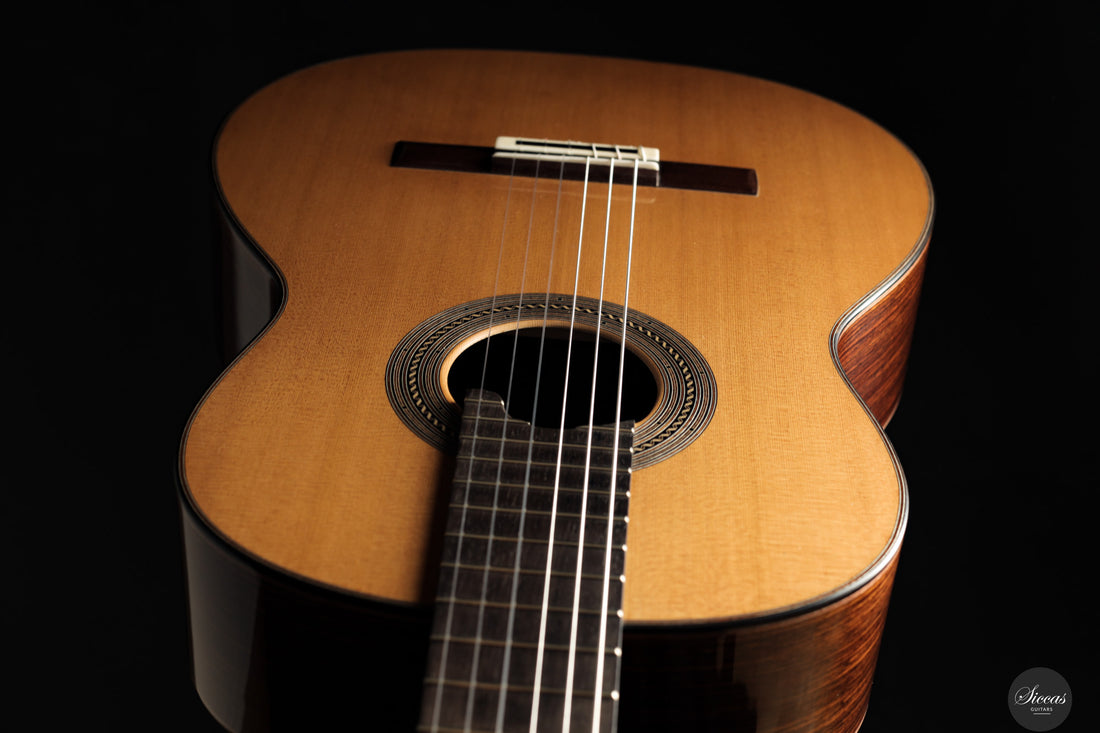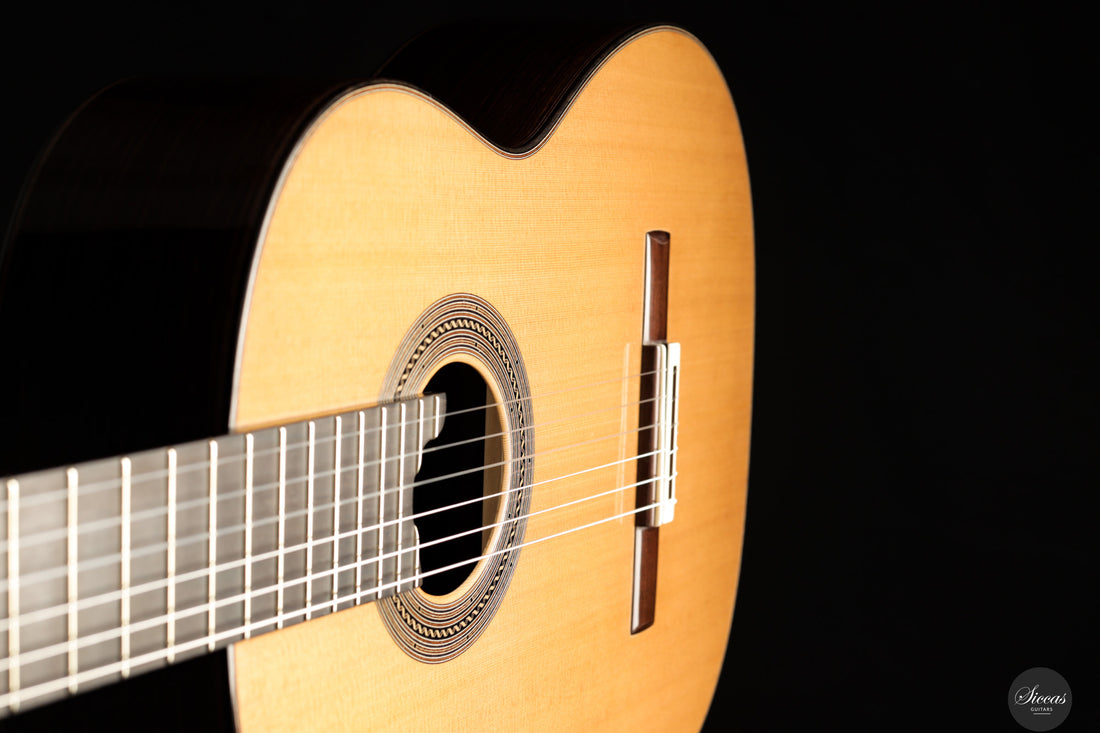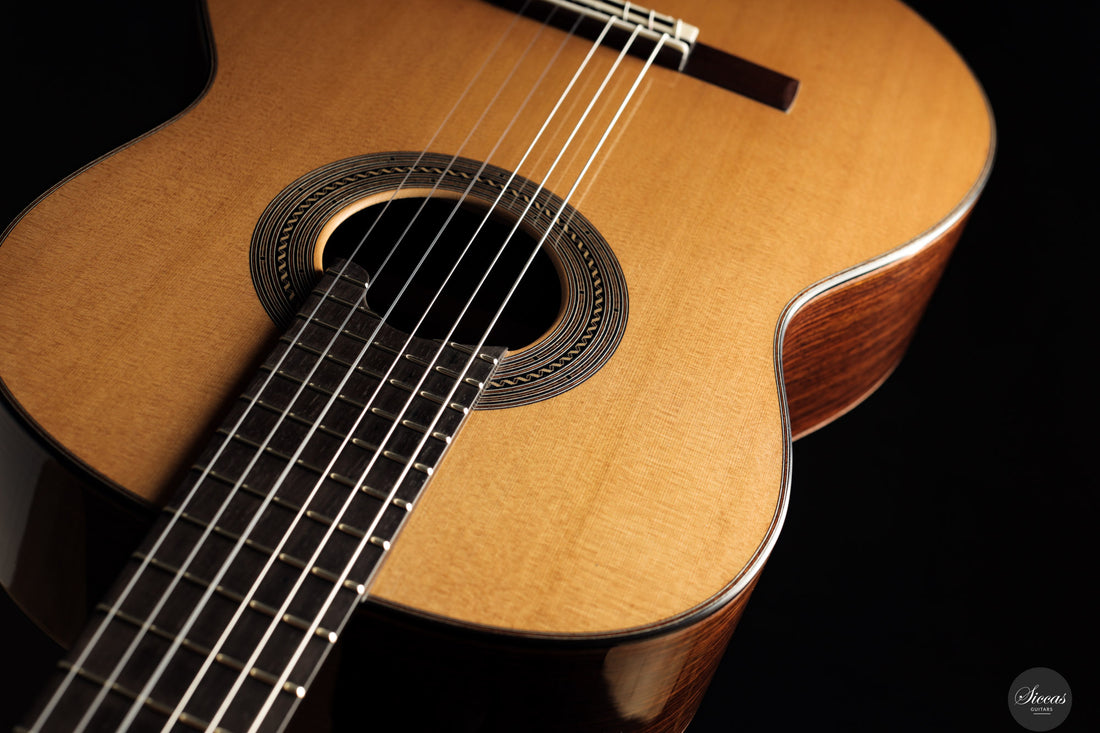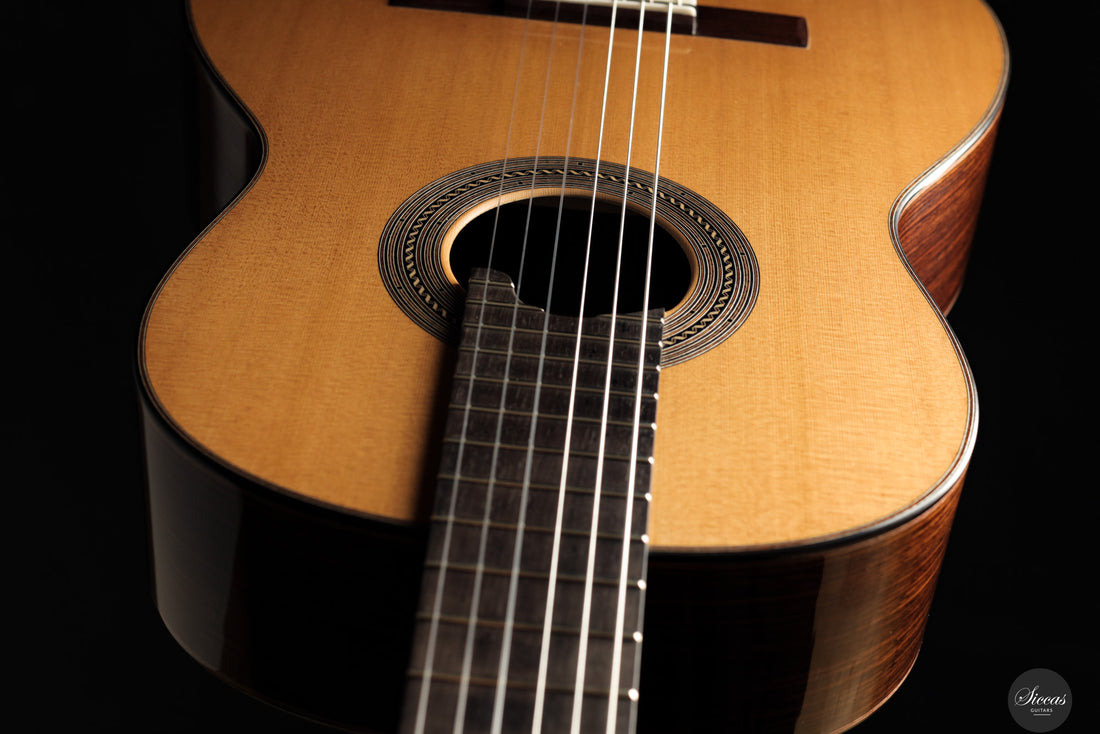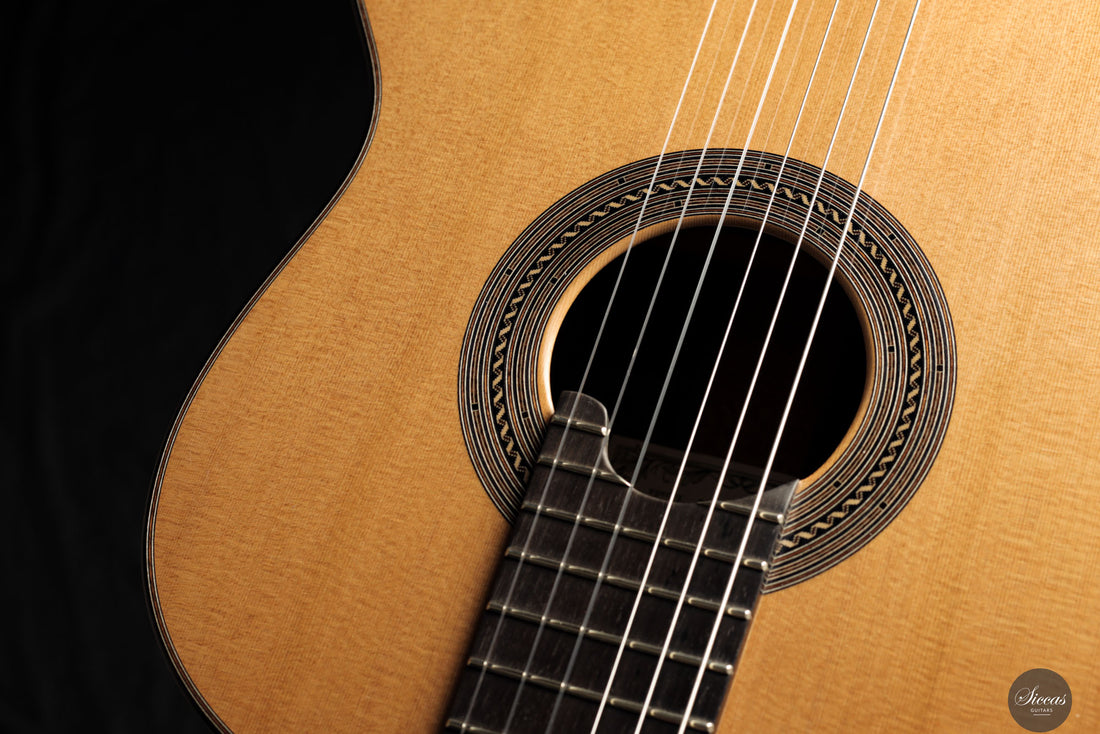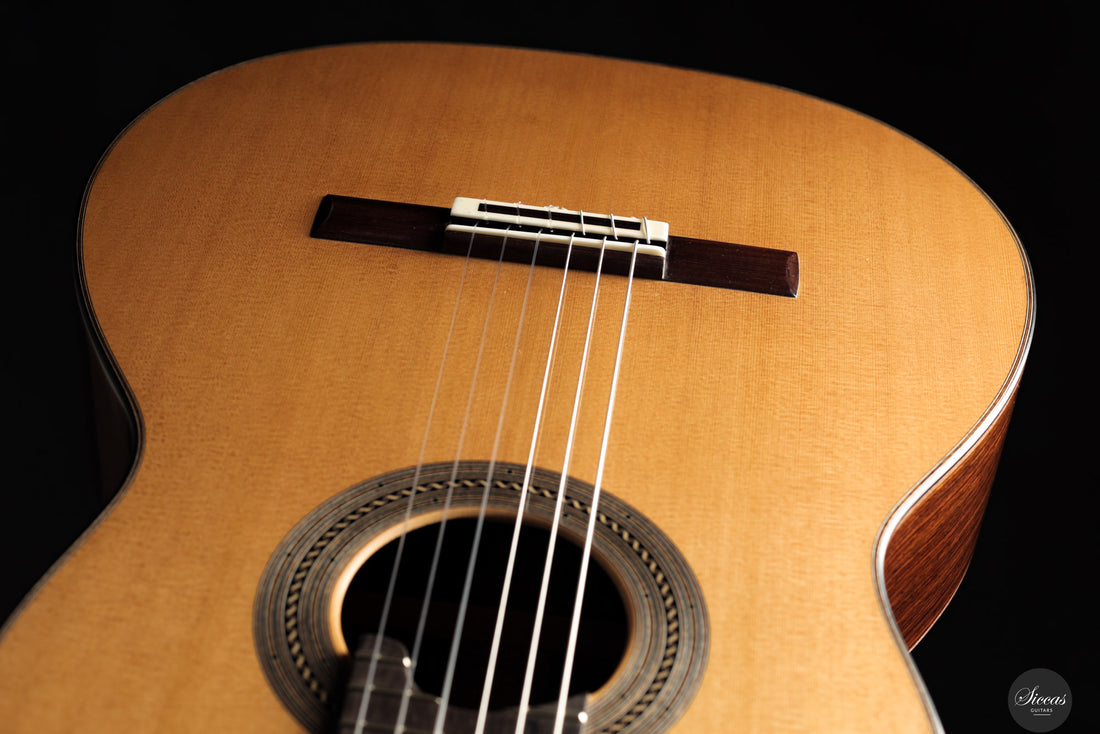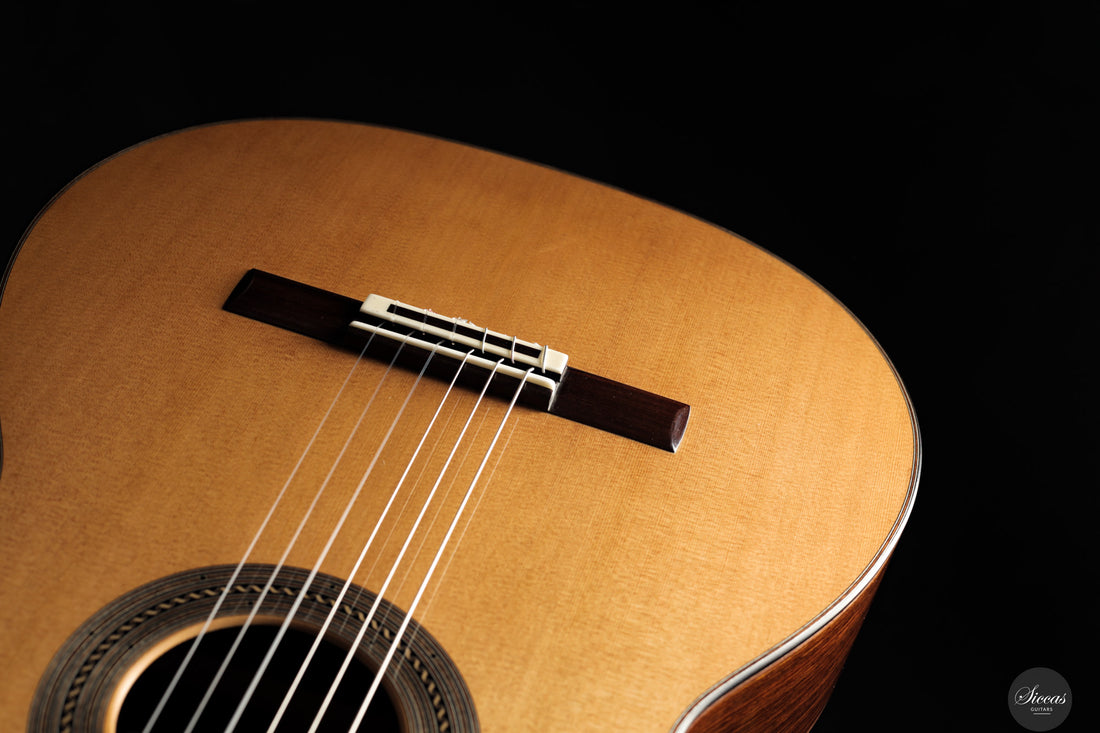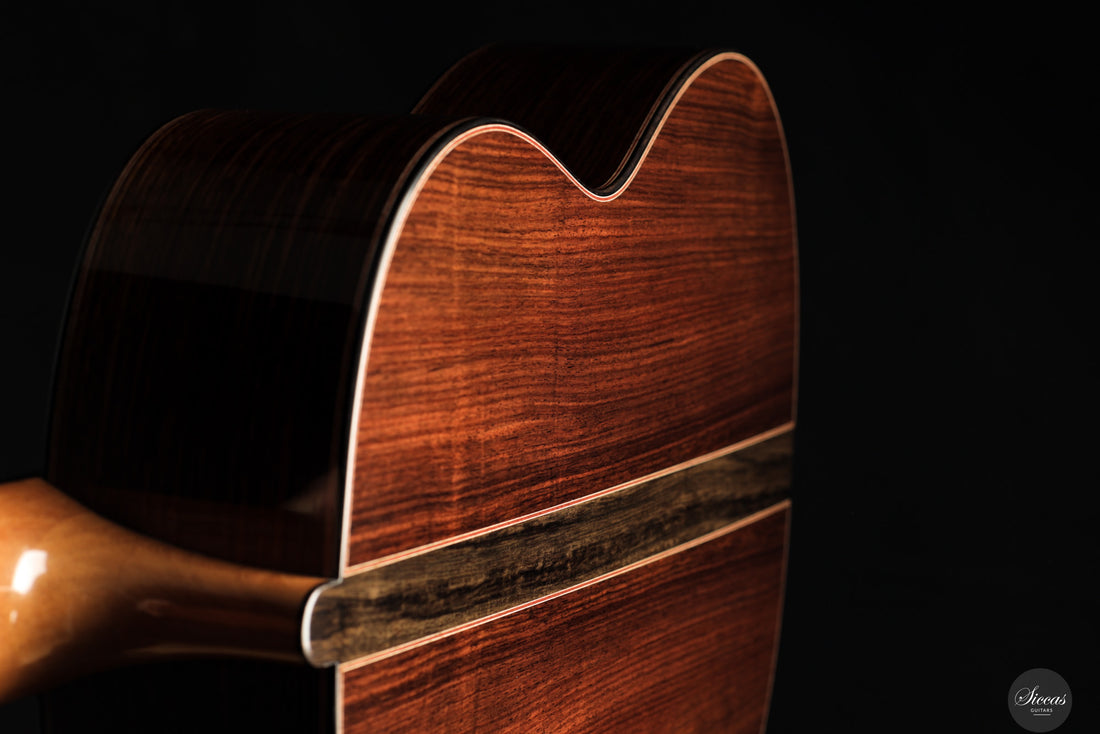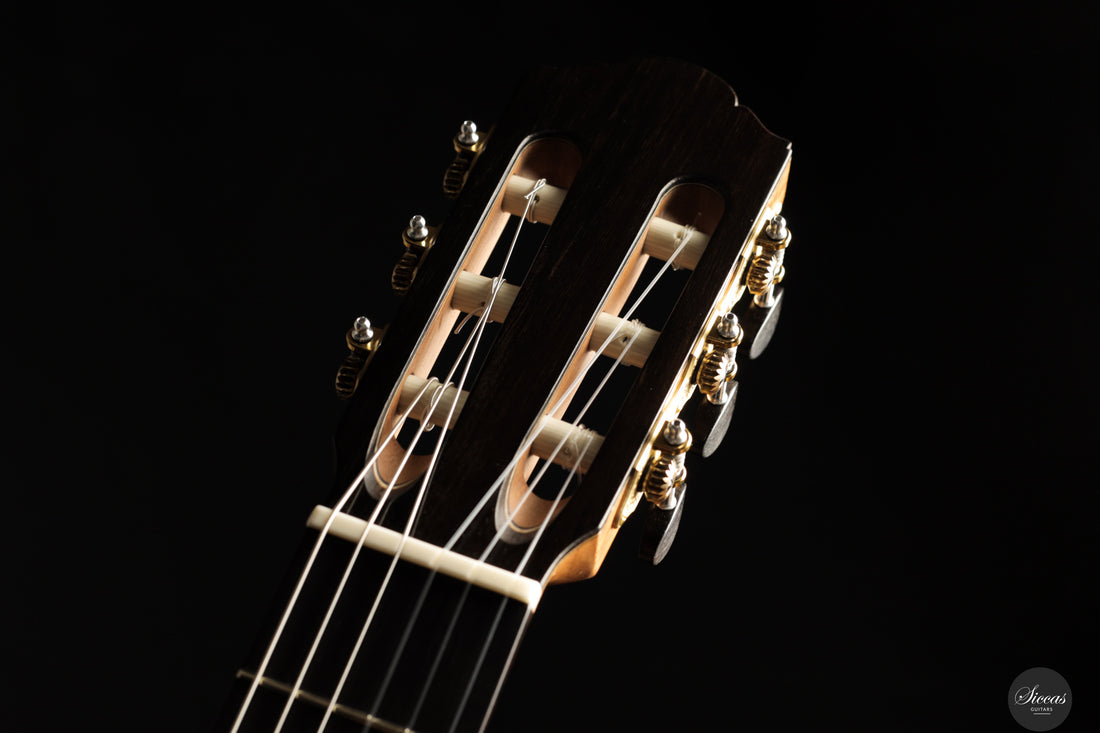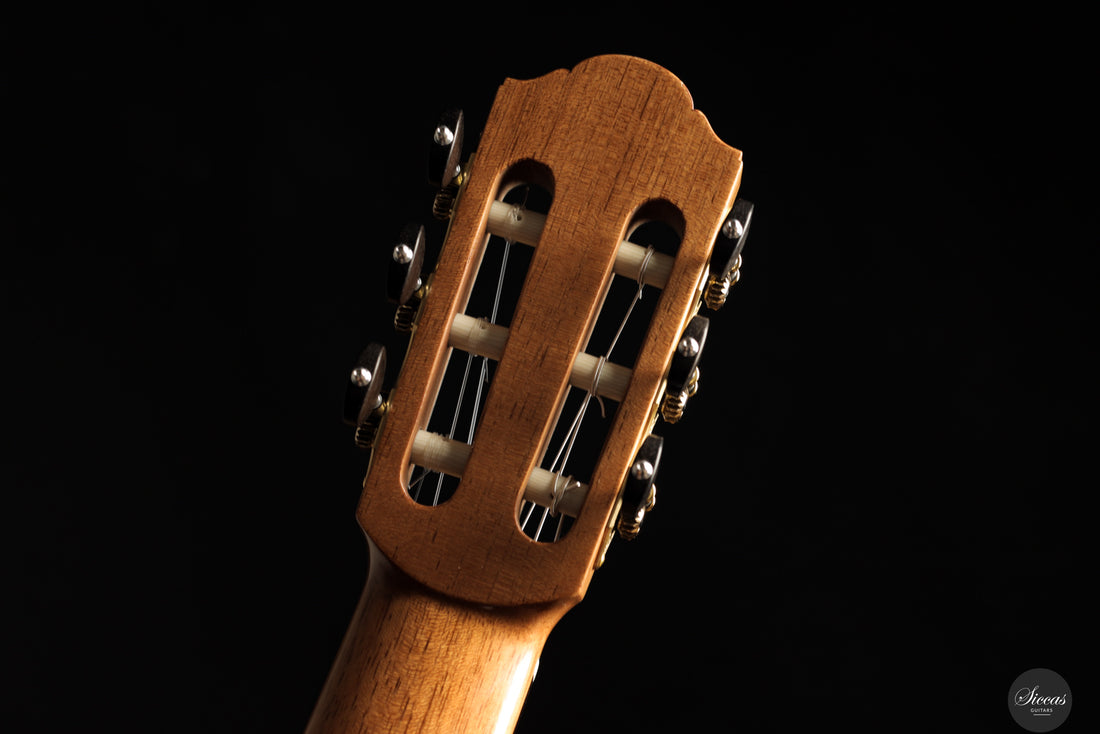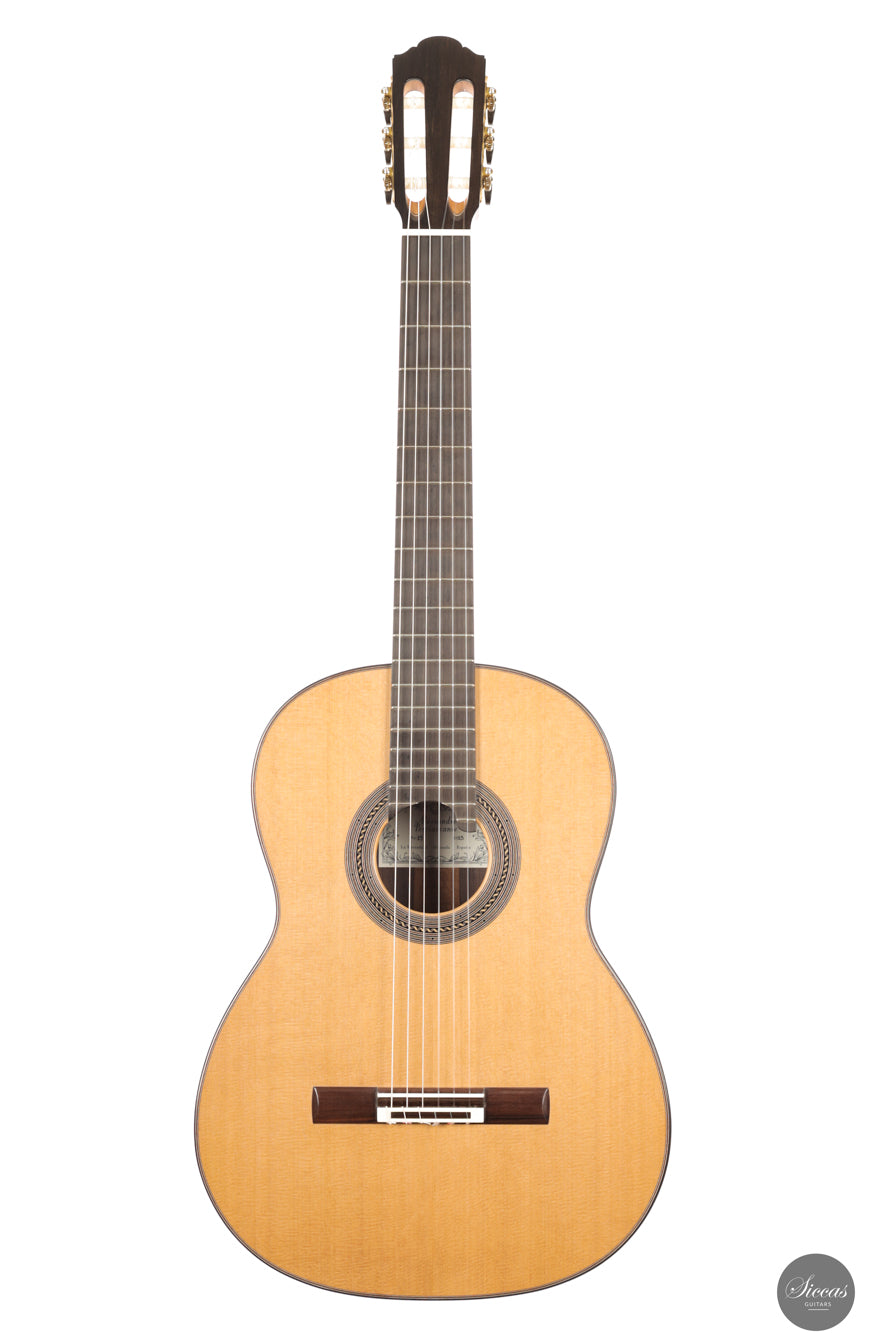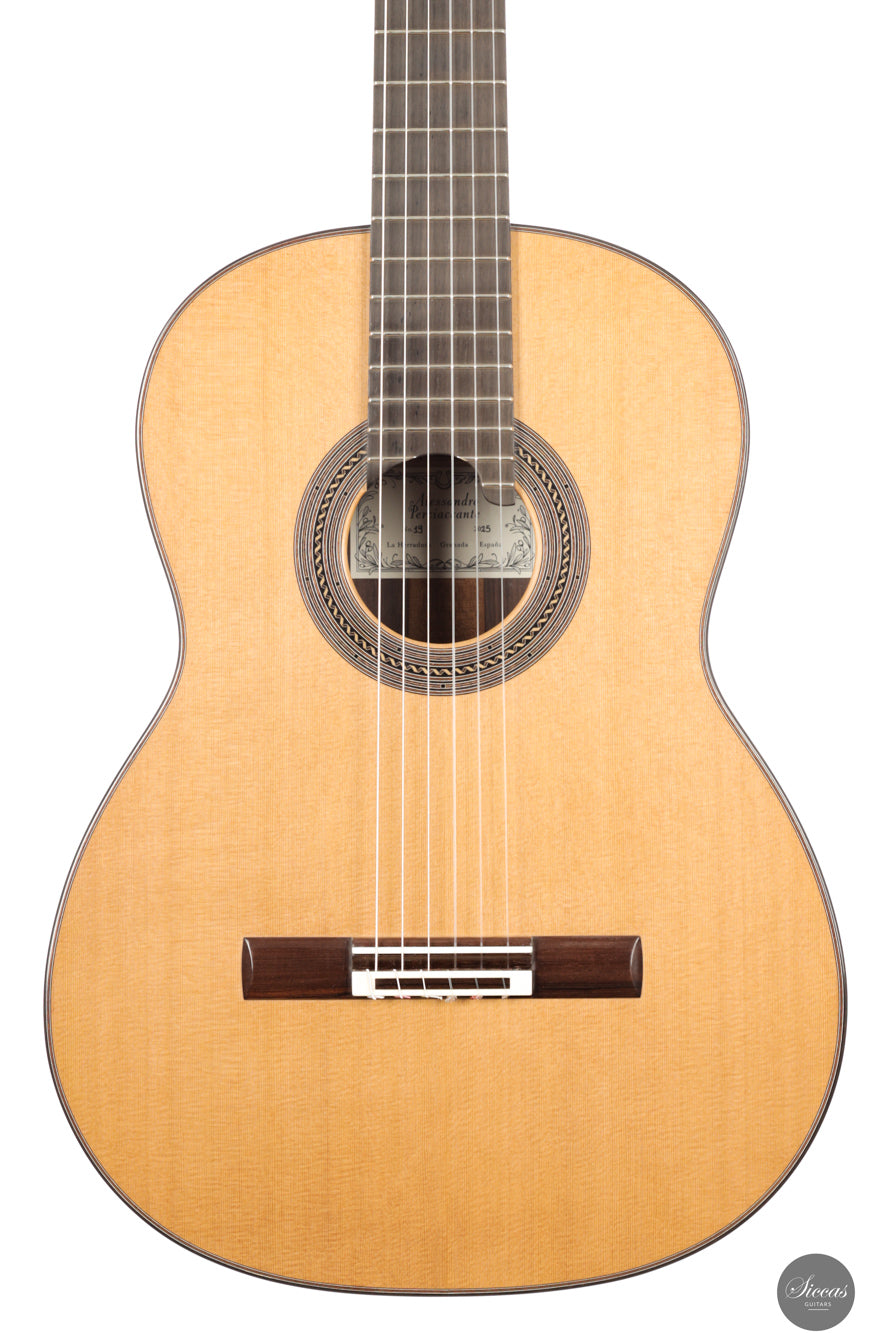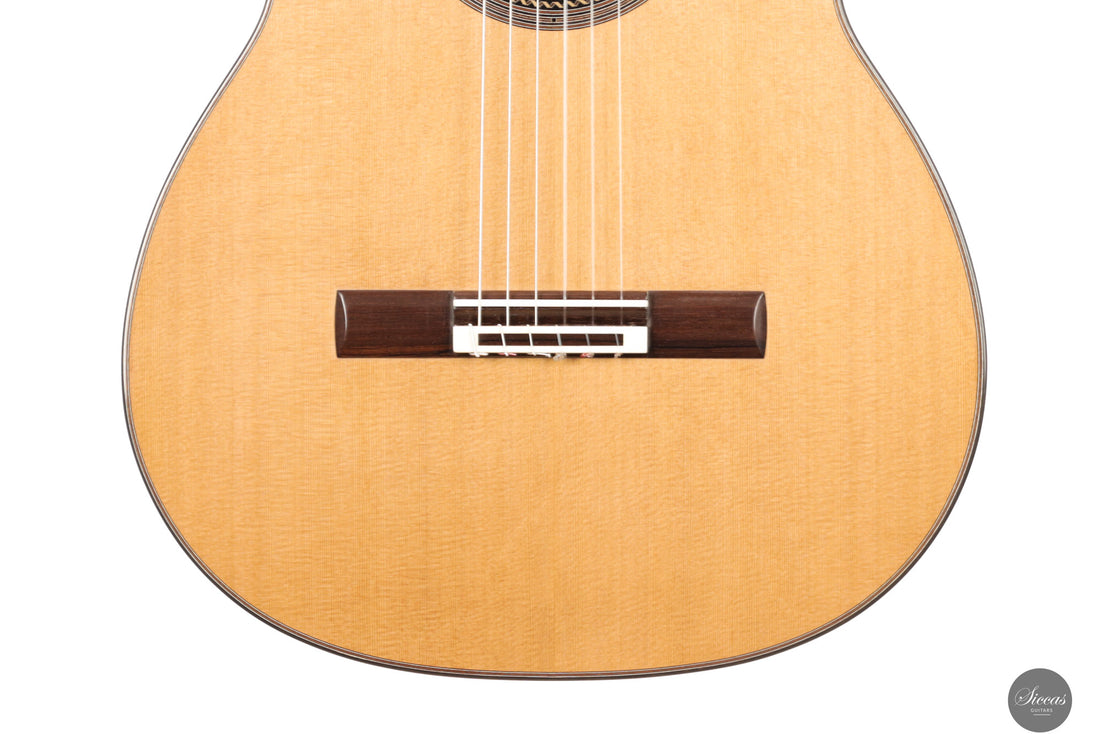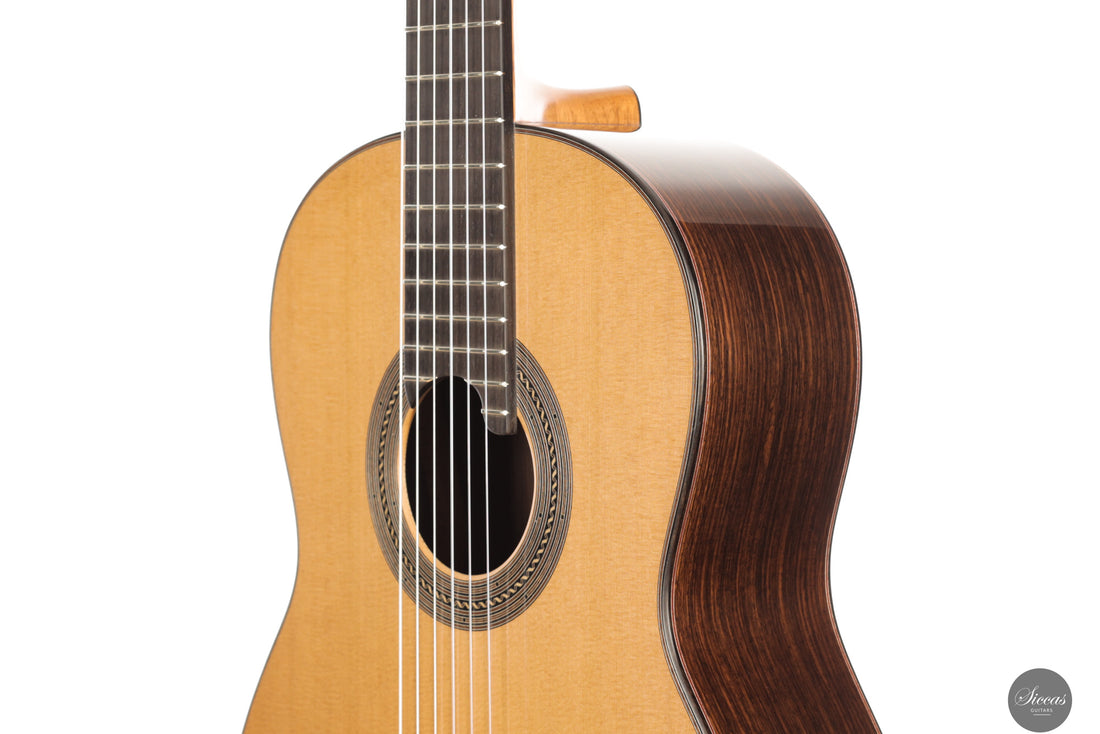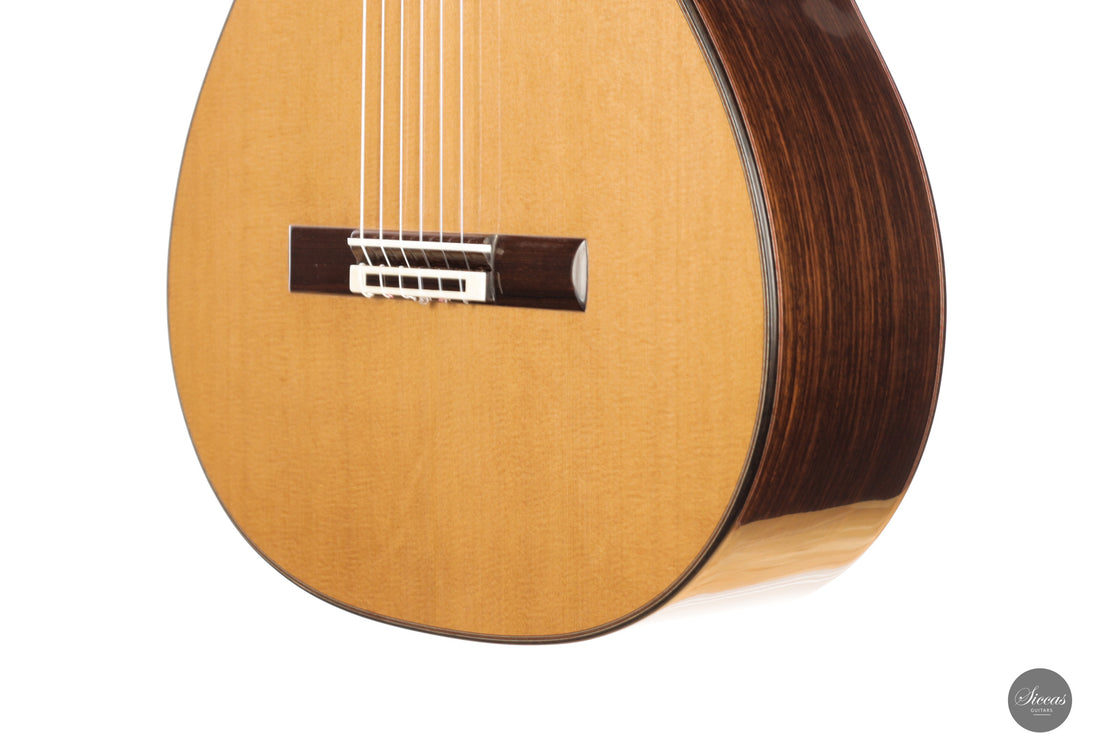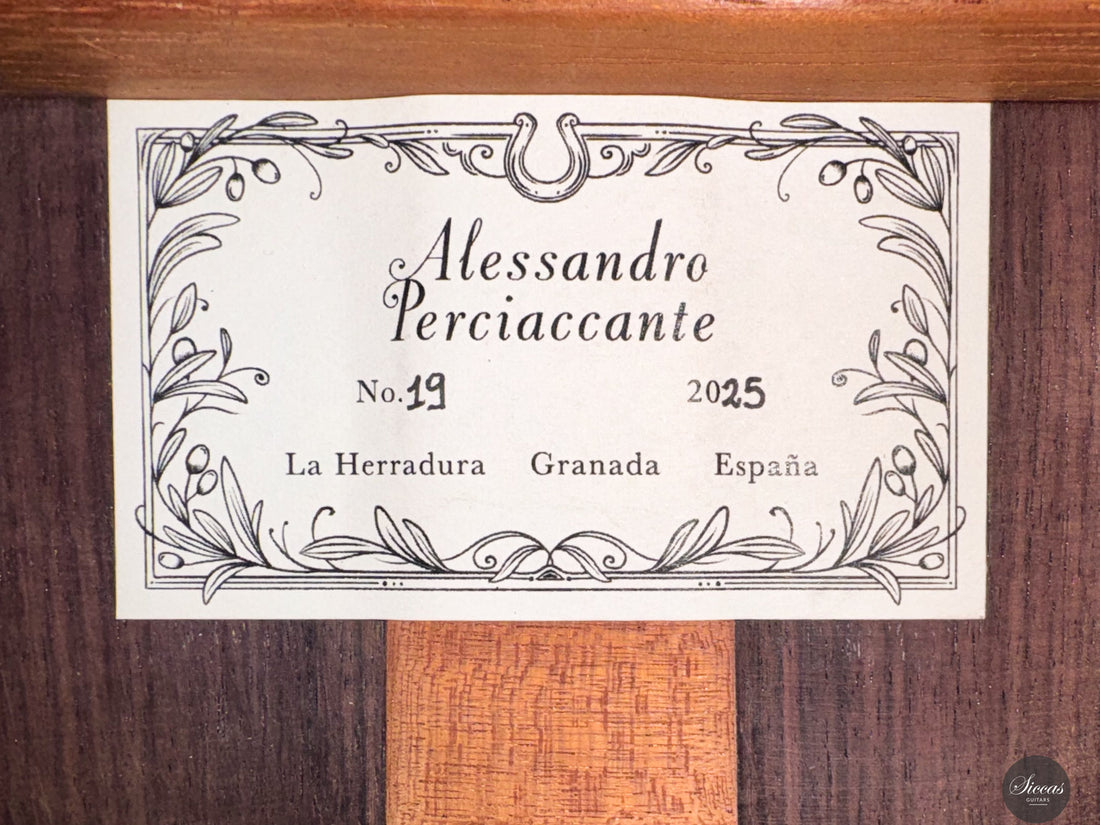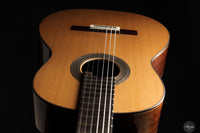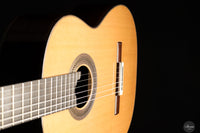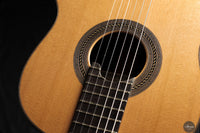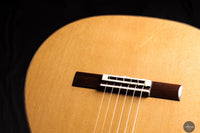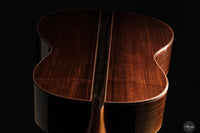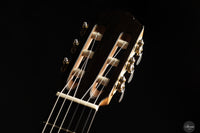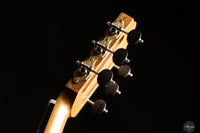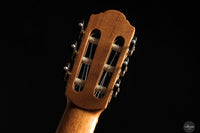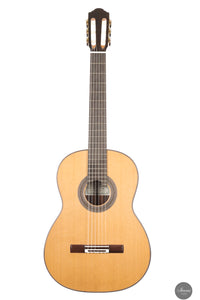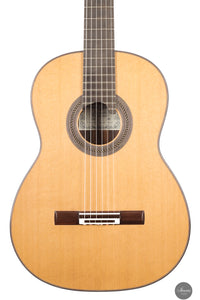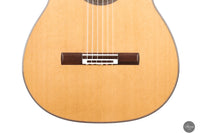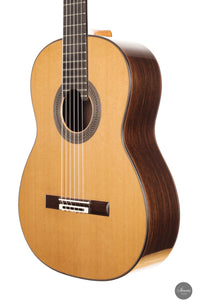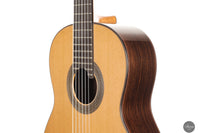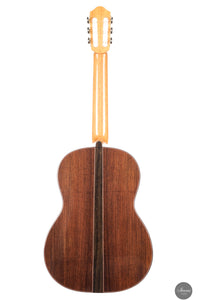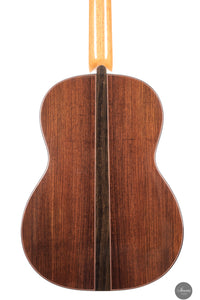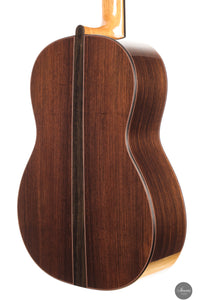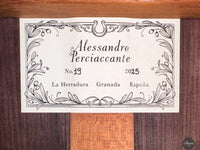Alessandro Perciaccante - 2025 - No.19
Alessandro Perciaccante - 2025 - No.19
Details
Details
Overview
Overview
Shipping important note
Shipping important note
Delivery times are typically reliable and most instruments arrive within the estimated timeframe.
Should any unexpected delay occur, our team will keep you informed and provide support at every step. For all shipping details and exceptions, please see our Shipping Policy.
Details about GPSR
Details about GPSR
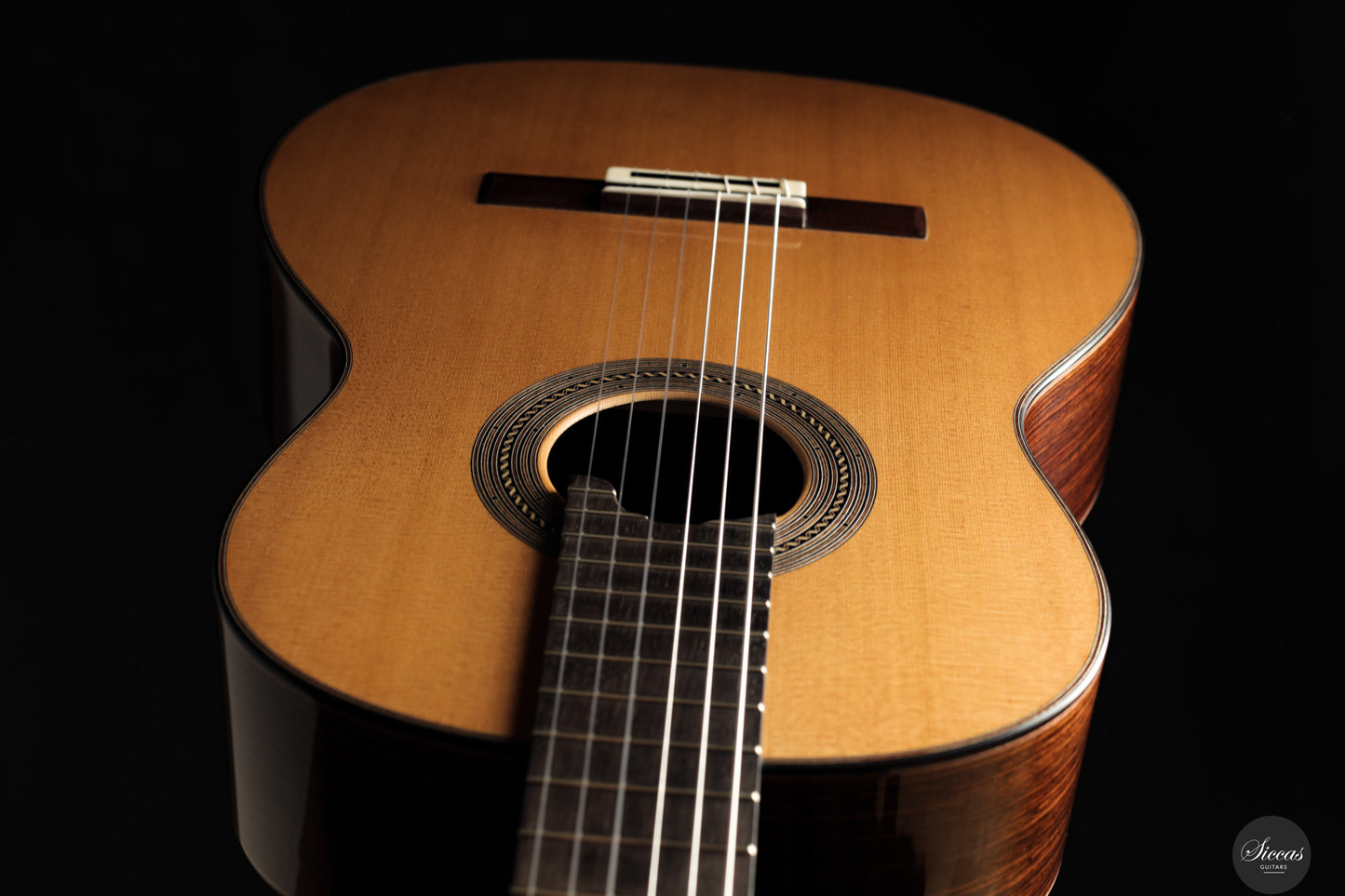



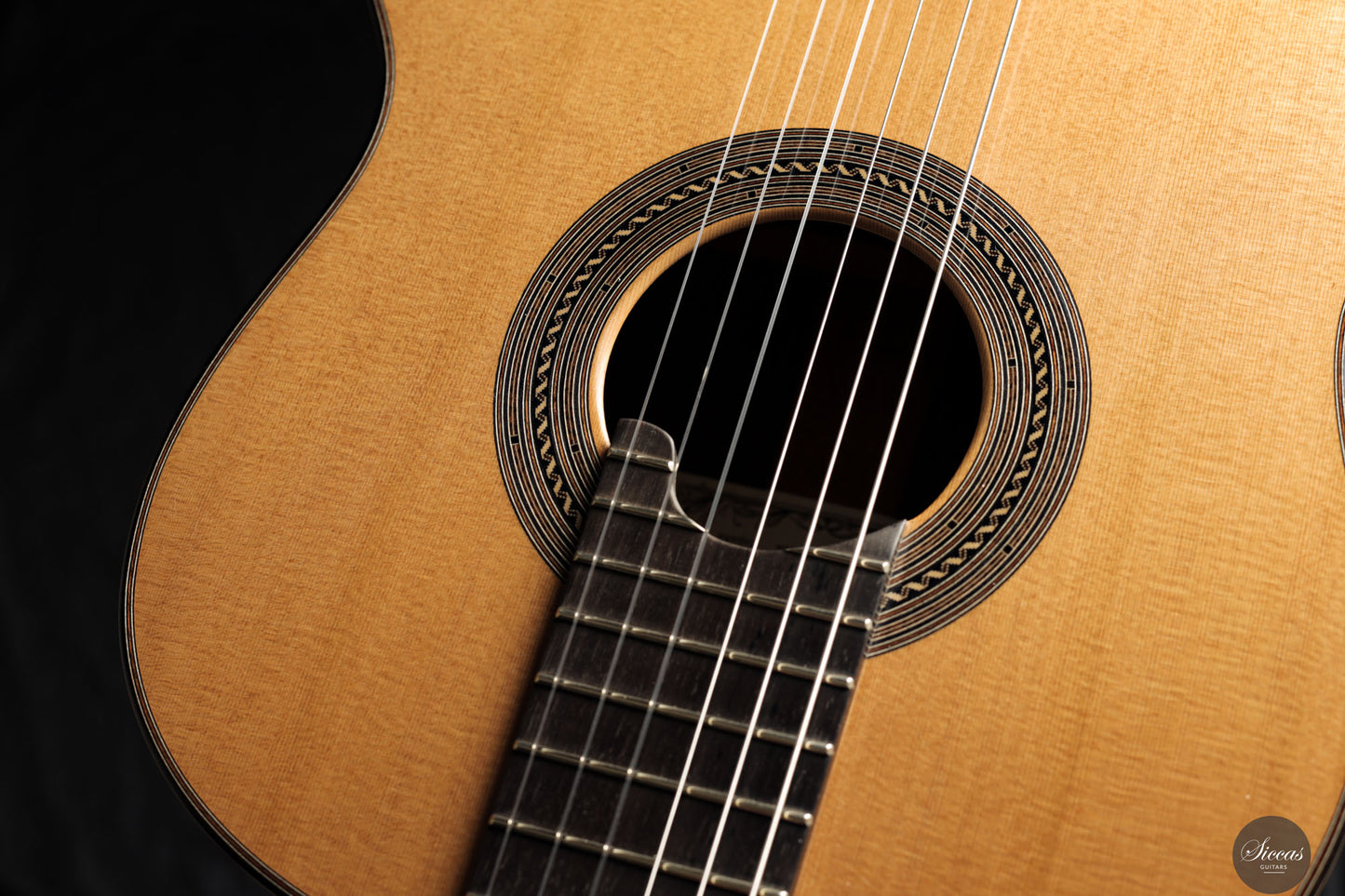



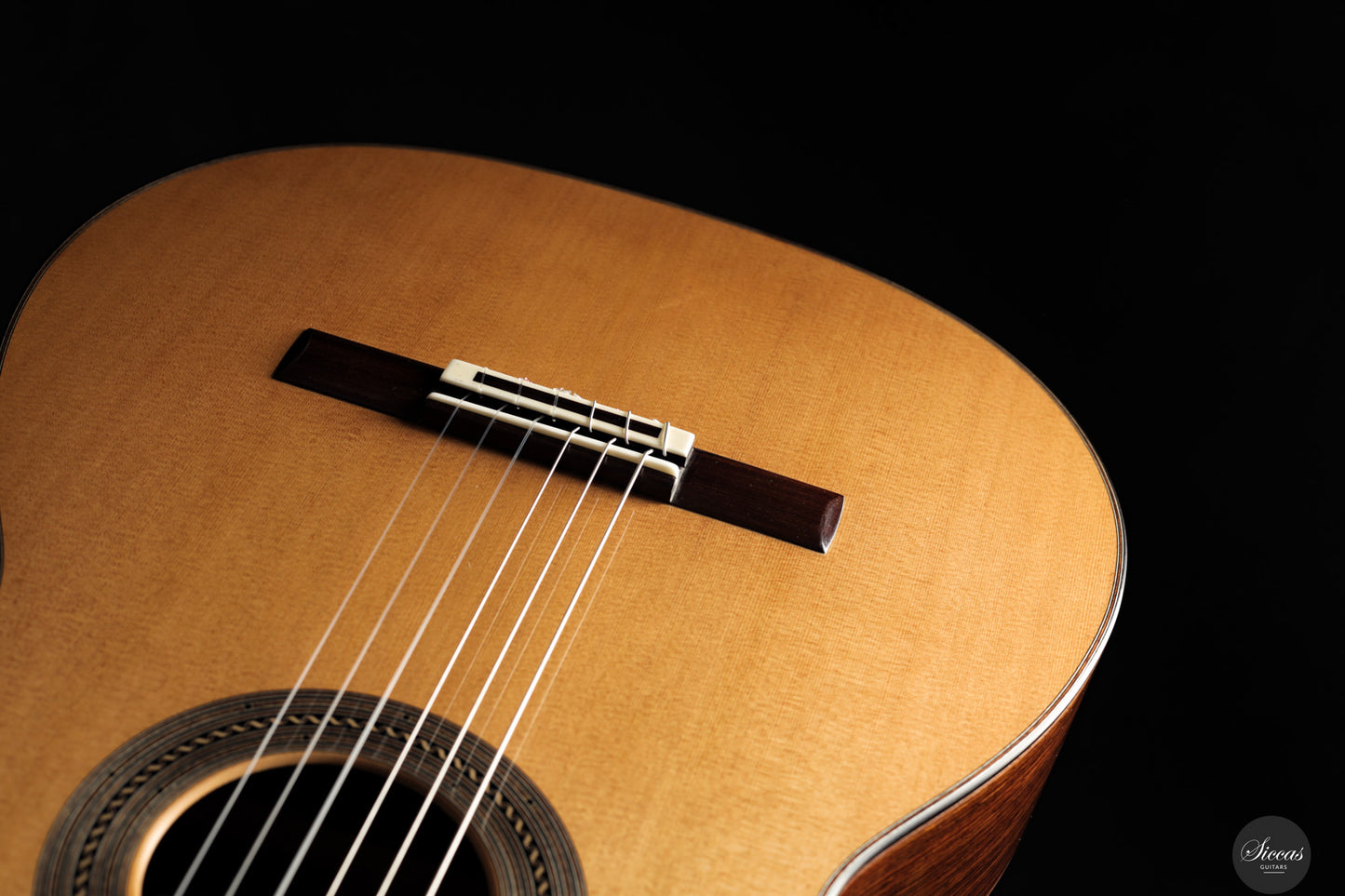
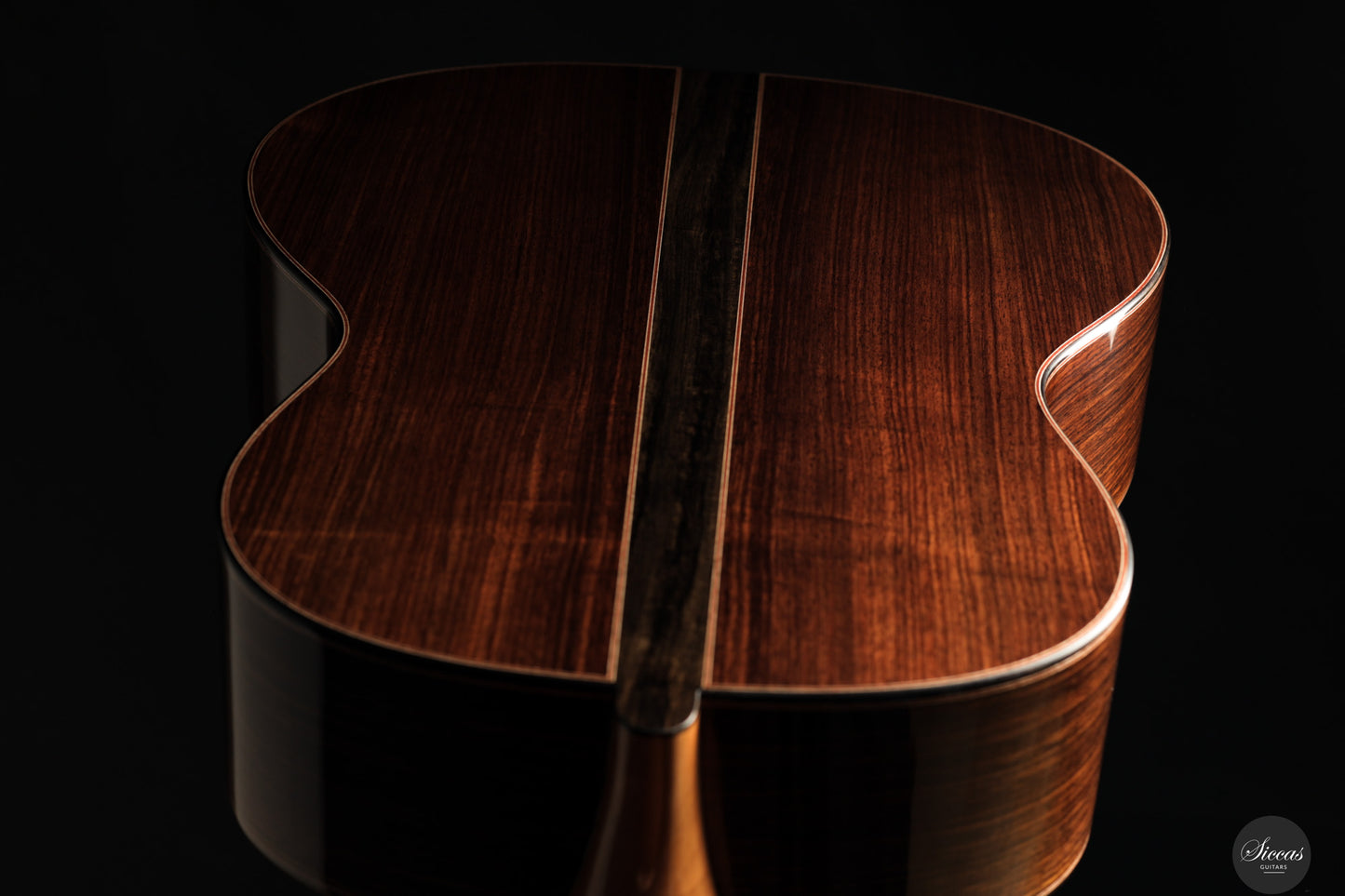
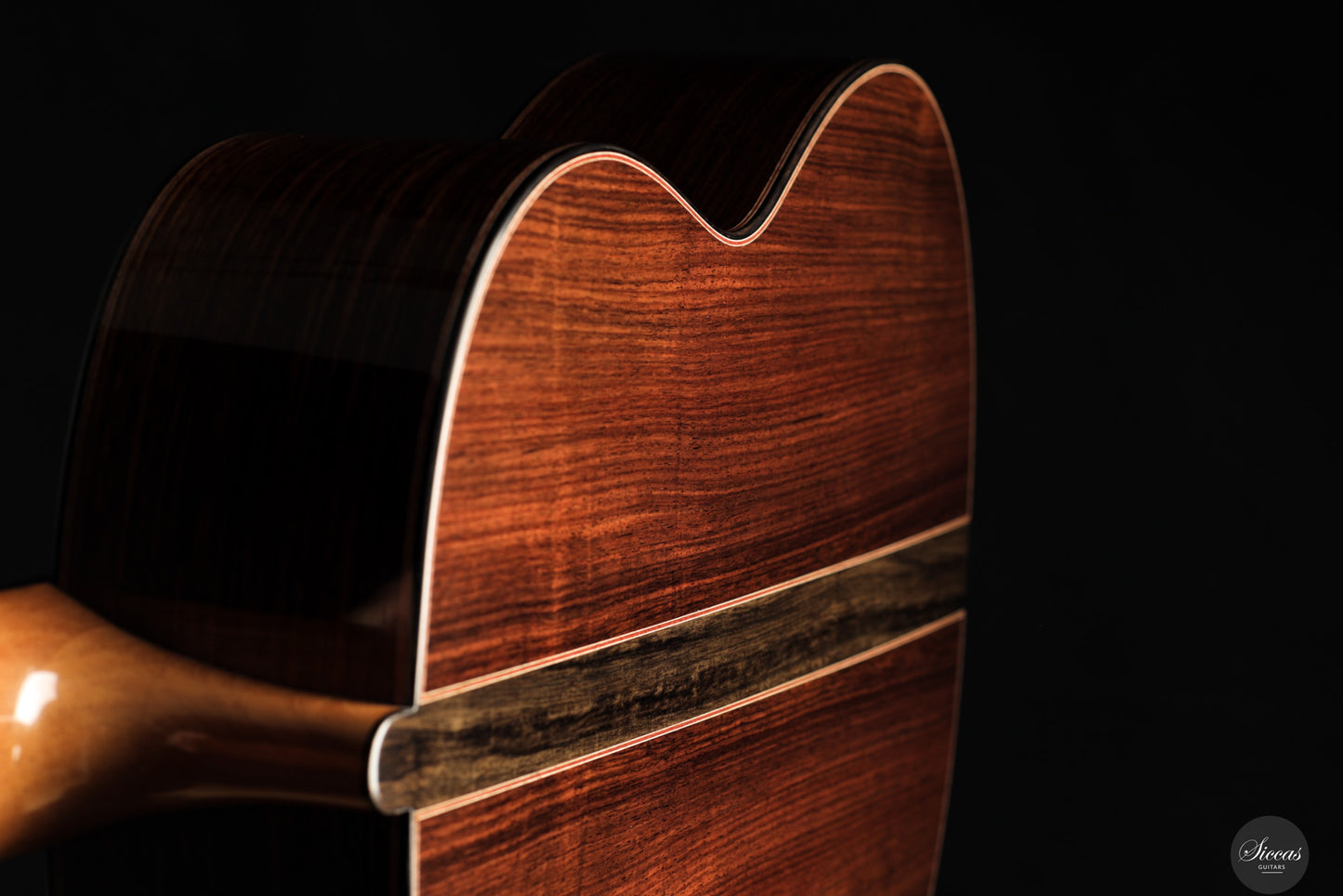
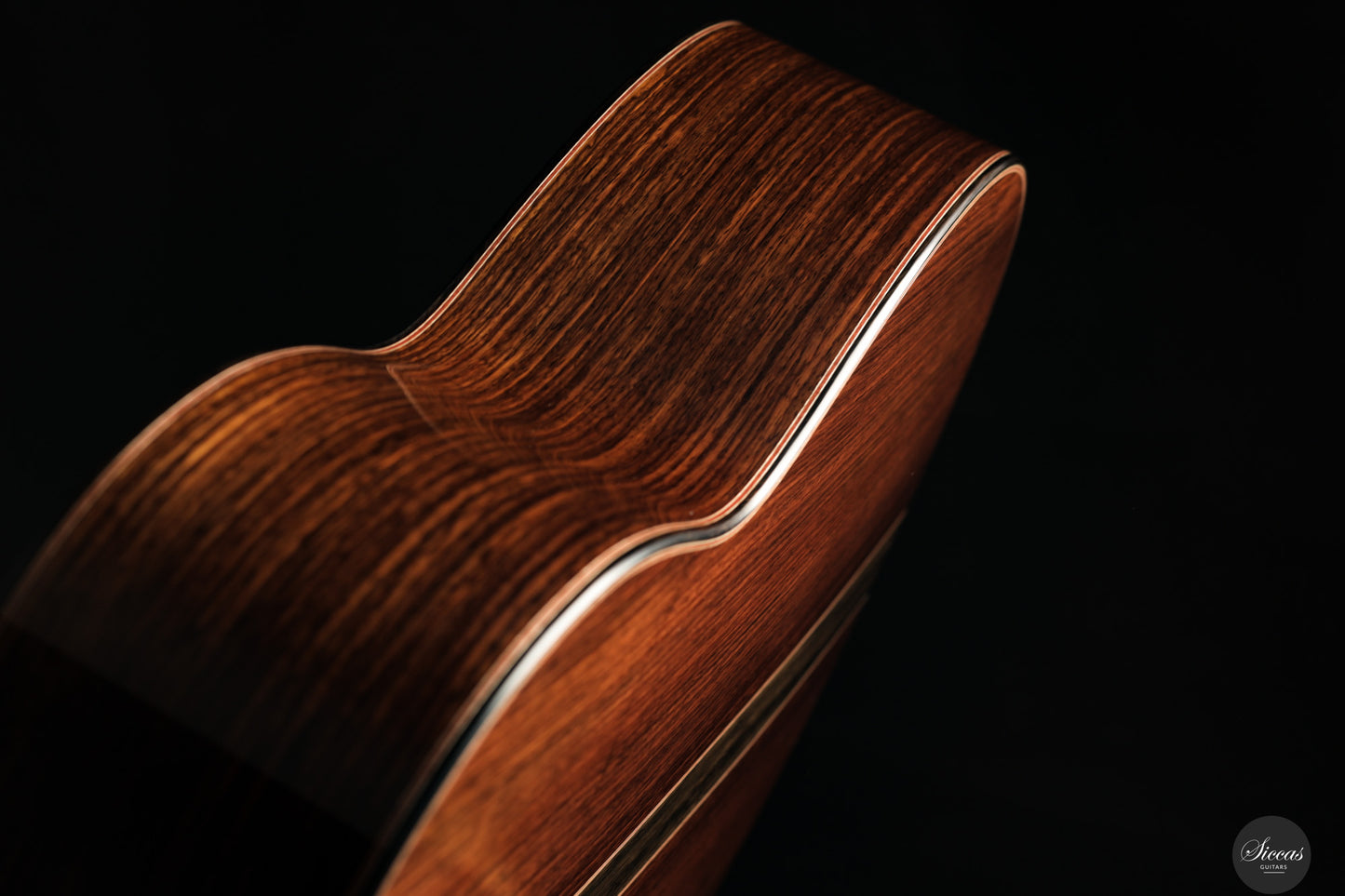
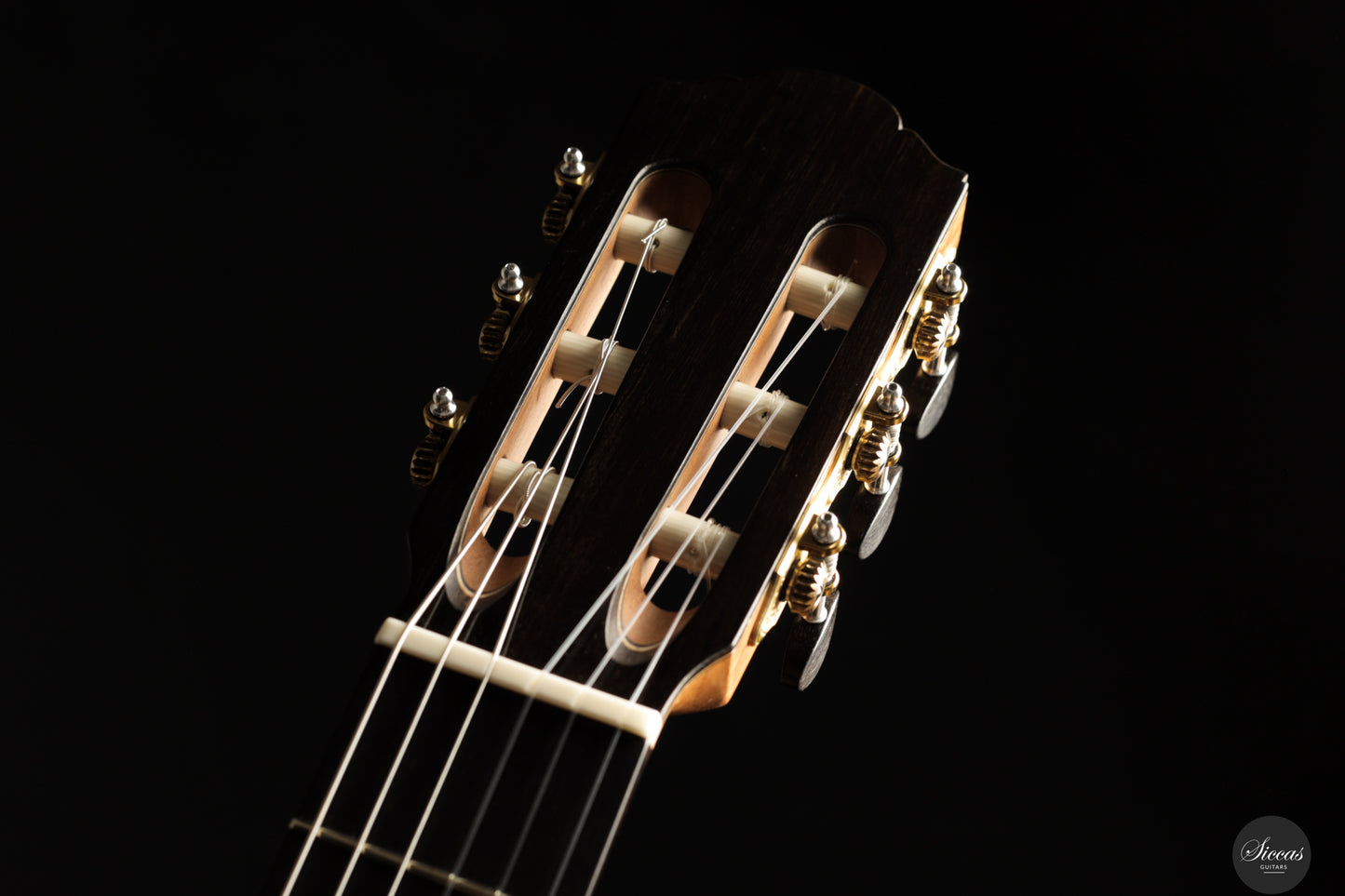

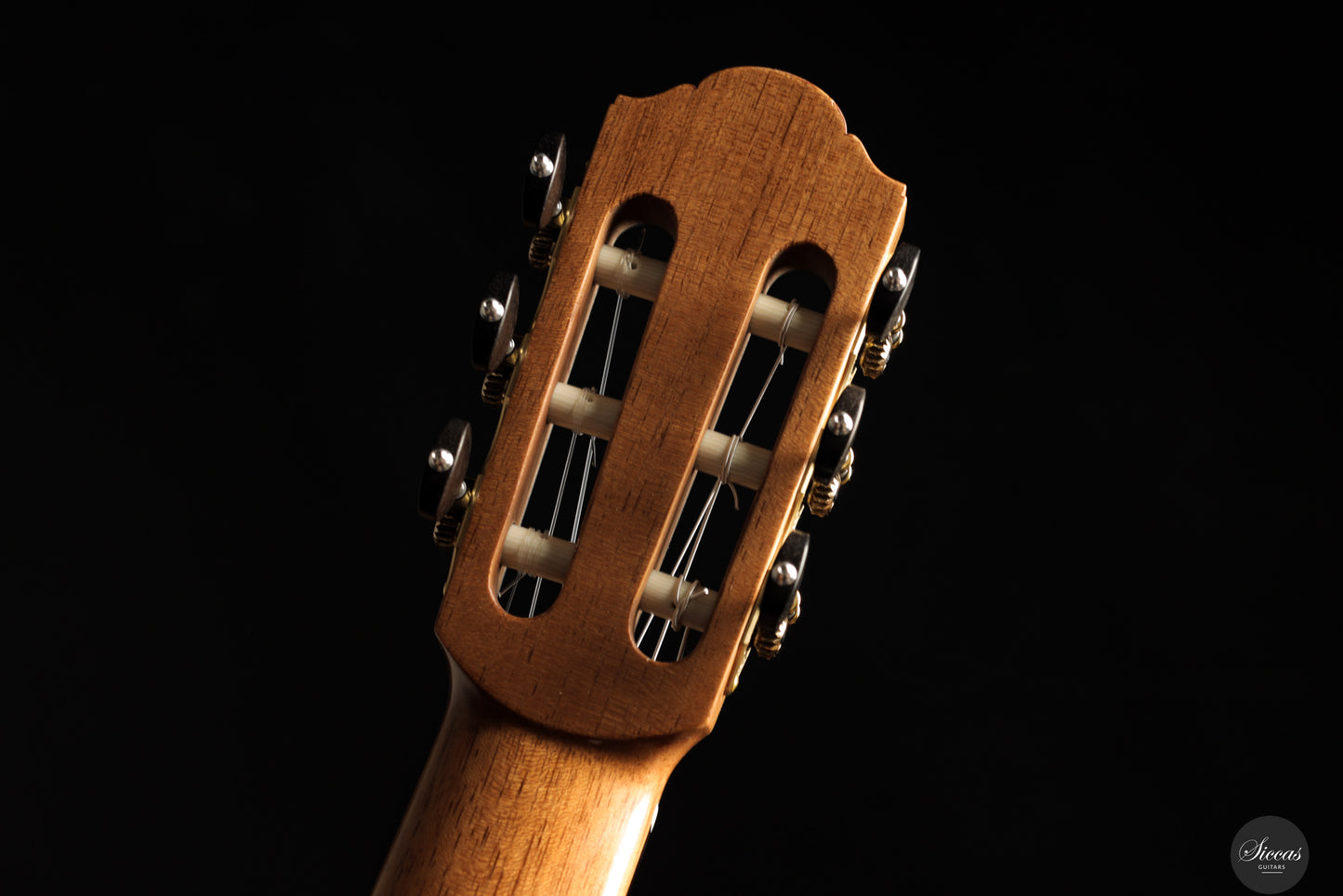


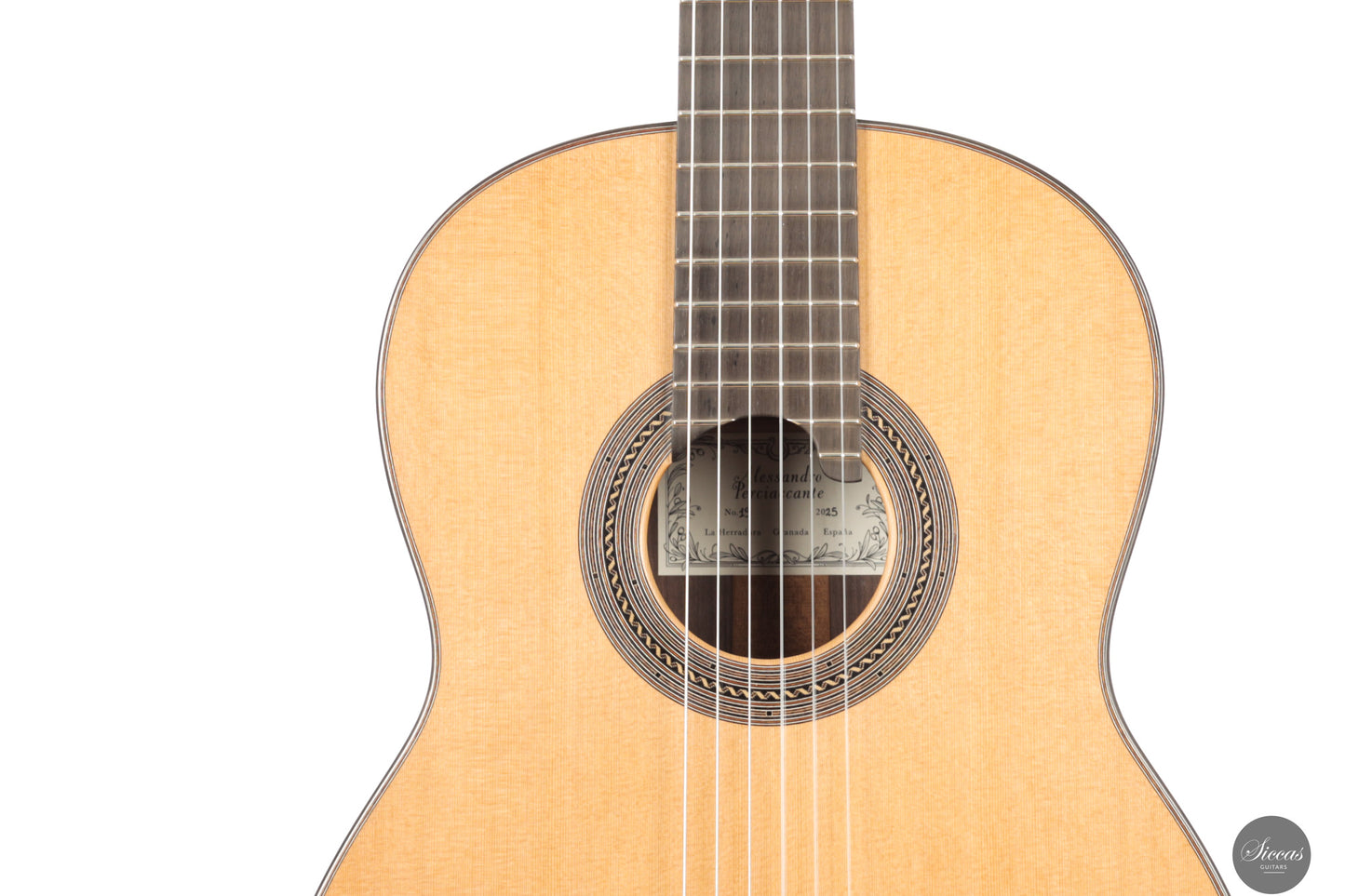
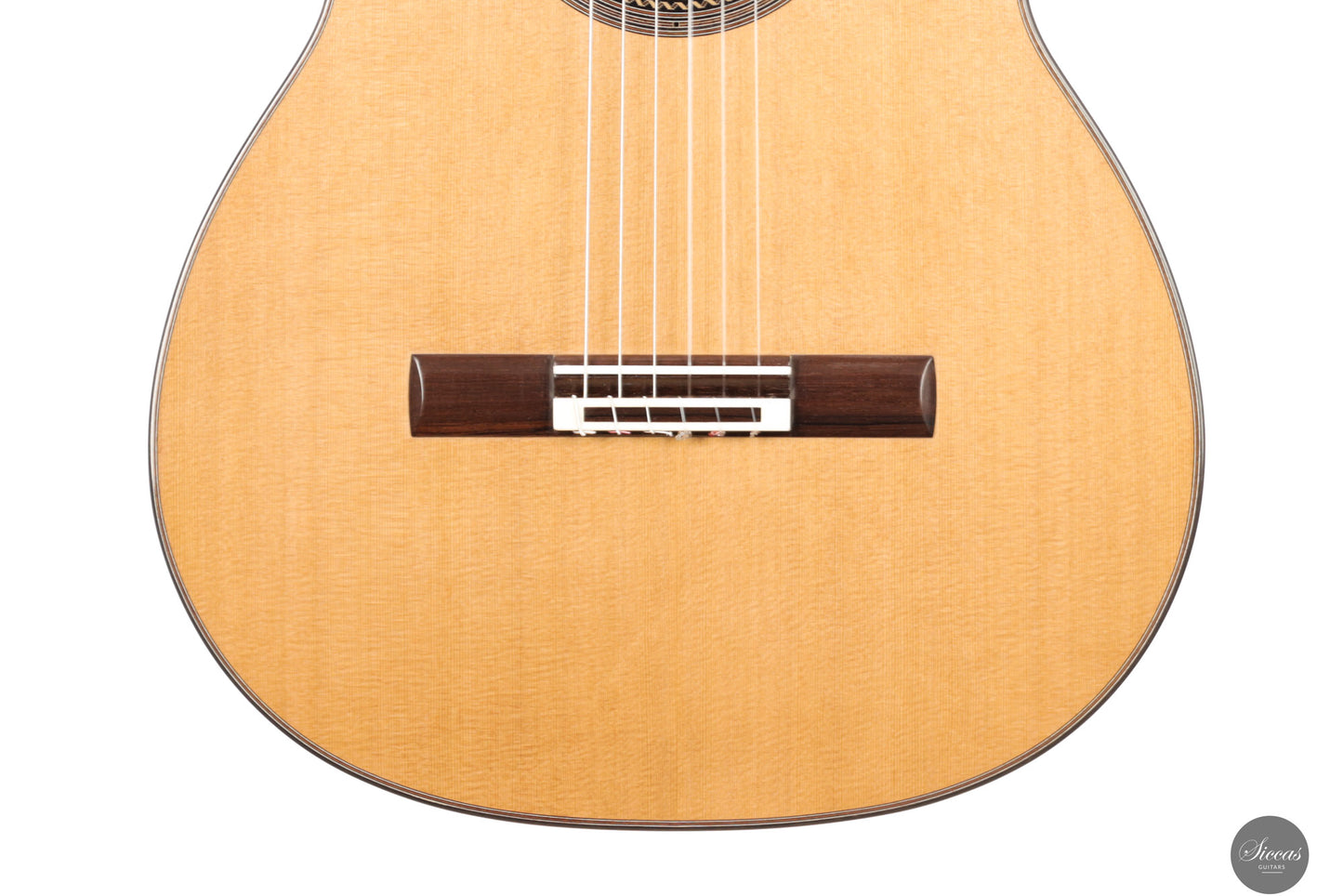

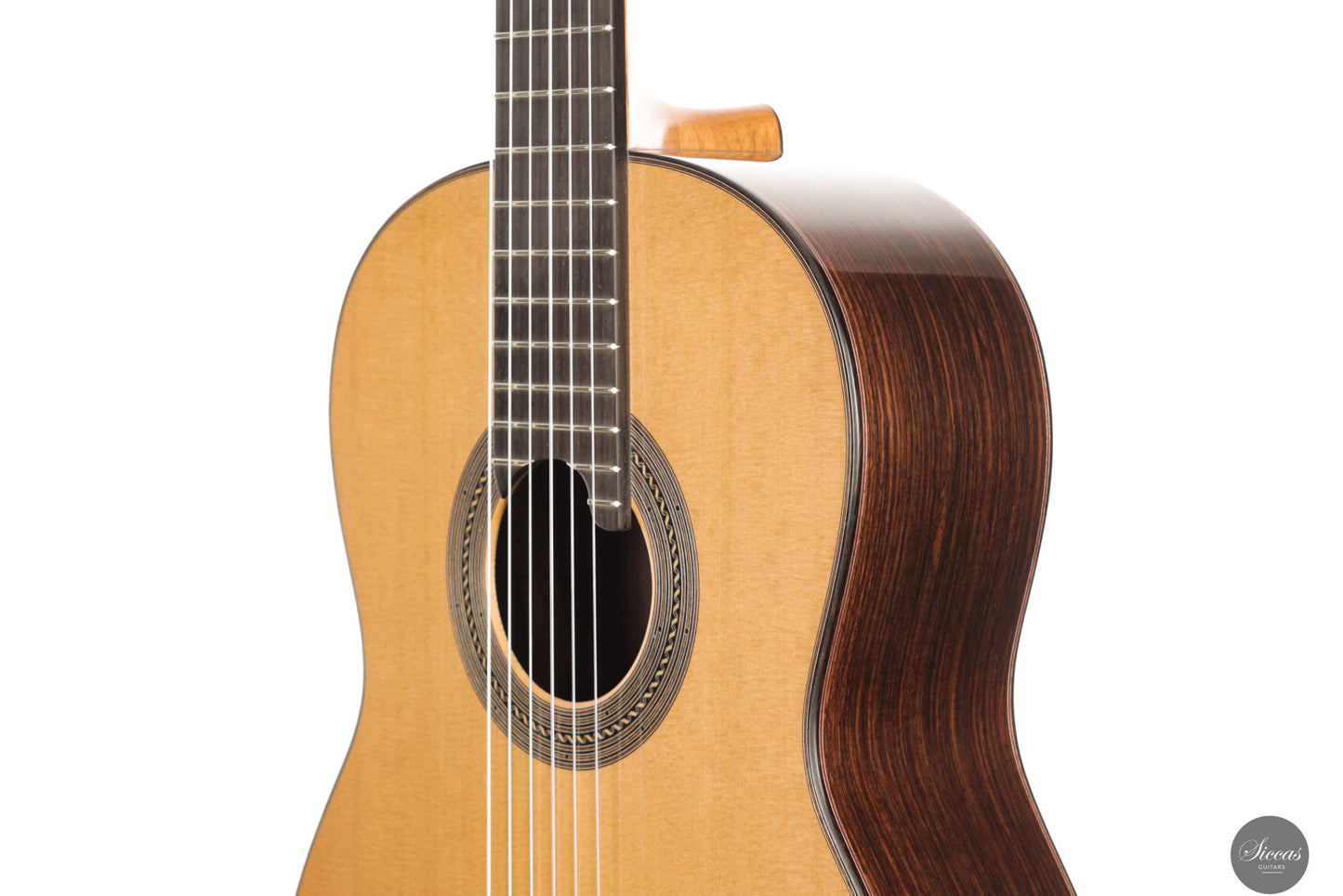

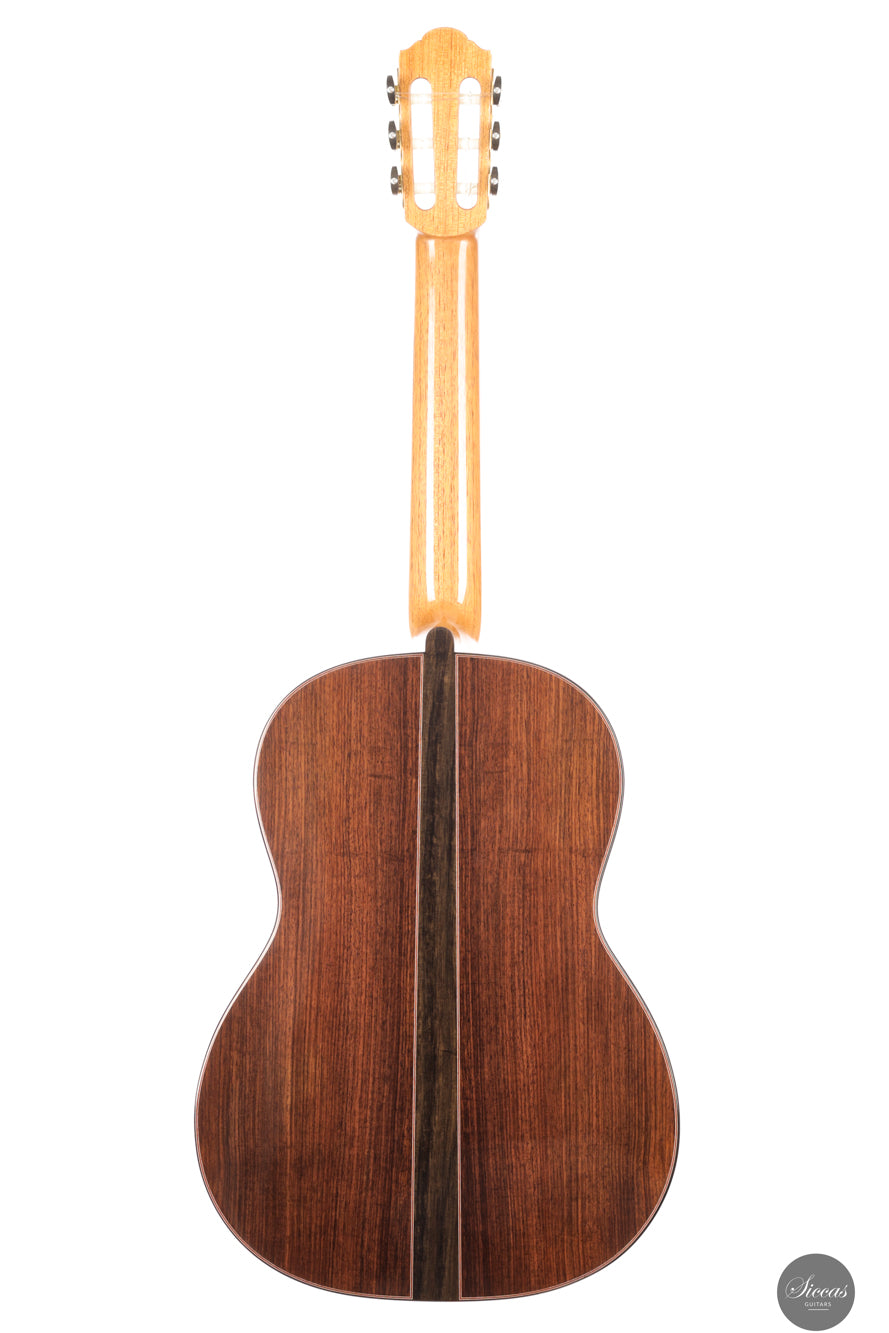
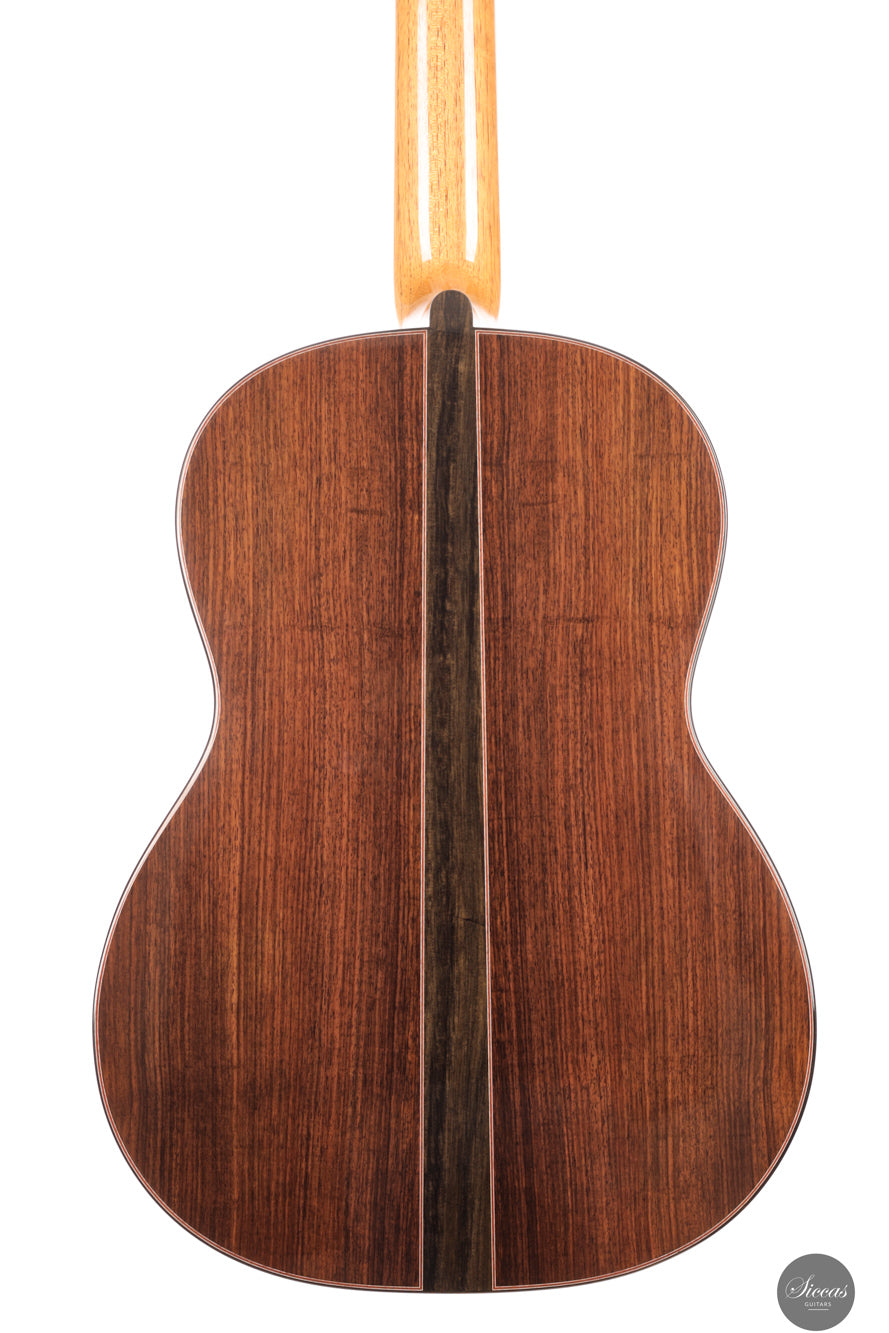
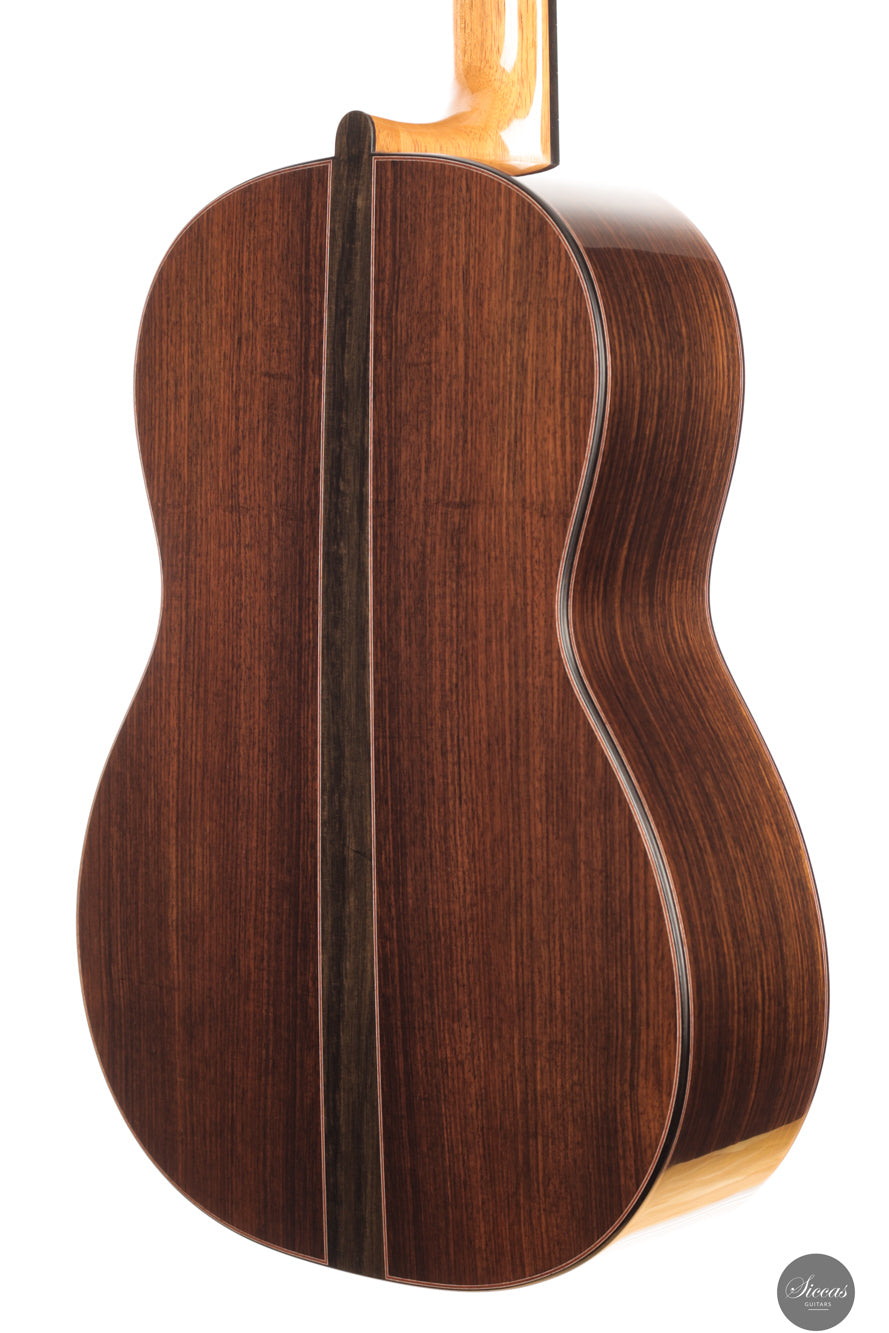

Video overview


More details about the guitar
About the luthier
Alessandro Perciaccante is a classical guitar luthier devoted to creating finely crafted, traditional Spanish guitars. He began his journey at the European Institute of Guitar Making in Spain, where he built his first guitar under the guidance of Master Luthier Stephen Hill and his apprentice Evan Kingma. Captivated by the process, he chose to remain and apprentice with Hill, with whom he now works as an assistant and teacher.
Perciaccante specializes in both classical and flamenco guitars, rooted in the Granada school tradition and inspired by masters such as Antonio Marín Montero, Robert Bouchet, and Antonio de Torres. He builds only a limited number of guitars per year, ensuring focused refinement and tonal depth in every instrument. In 2019, he earned fourth place at the prestigious Antonio Marín Montero Guitar Making Competition — a remarkable milestone early in his career.
About the guitar
This 2025 guitar, numbered 19, reflects Alessandro Perciaccante’s commitment to the traditions of Spanish luthiery while offering the responsiveness and elegance sought by today’s performers. Built with a cedar soundboard and Indian rosewood back and sides, it features a traditional fan bracing pattern that supports its rich tonal spectrum.
The guitar’s voice is broad and expressive, with deep, powerful basses and sweet, resonant trebles. The tone is warm and blooming, with an airy quality that supports long sustain and complex overtones. The dynamic range is impressive, allowing for both intimate passages and full-bodied projection without ever sounding forced.
The instrument is very responsive, ideal for extended performance. The neck profile is comfortable and supportive, enabling relaxed playing across the full 650 mm scale. Finished in transparent French polish, the guitar’s aesthetic is classic and understated, letting the materials and craftsmanship speak for themselves.
Regular care extends the life of the instrument
Even with careful use, a classical guitar may gradually change in appearance or respond to unstable storage conditions. Have a close look at your guitar regularly and be attentif to changes. If your instrument is suffering from its environement, it will let you know.
Protect Your Guitar: Handle with Care
Be mindful when touching your instrument with greasy or unwashed hands: any skin contact is a small attack on the varnish. Of course, a guitar is made to be played, but taking a few precautions helps preserve its beauty: wash your hands before playing, wear long sleeves, and avoid unnecessary direct skin contact with the body of the instrument.
Pro tip: Avoid playing with a button-up shirt, heavy jewelry, or a belt, as these can scratch the guitar. Also, make sure your guitar case is free of any objects that could damage the instrument during storage.
String care
A good habit to adopt is wiping down your strings briefly after each playing session. This small action significantly extends their lifespan and helps maintain a consistent, comfortable feel under your fingers.
Most importantly, clean strings are essential for keeping your instrument in tune. Corrosion, sweat, and dust can affect the uniformity of the strings and interfere with accurate tuning across the entire fingerboard.
Pro tip: If you're having trouble getting your guitar in tune, it might be time to change the strings. A useful test is to compare the pitch of the 12th fret harmonic with the fretted note at the 12th fret; if there's an unusually large gap between them, your strings may have lost their integrity and should be replaced.
Keep Your Shellac Finish Shining!
Got a guitar with a shellac (French polish) finish? Here's a simple trick: Take a clean microfiber cloth and gently breathe on the surface to create a light mist. Then, softly rub to remove fingerprints, sweat, and grease. That’s usually all it takes to keep it looking great, no products needed!
Pro tip: Every few years, treat your guitar to a check-up with a luthier to keep it in top shape.
Storing Your Guitar: Climate Matters
Your guitar can safely stay outside its case, as long as the surrounding environment maintains 42–55% humidity and a temperature between 18–25°C.
Keep in mind that humidity levels can still fluctuate inside the case, especially during seasonal changes.
- Too much humidity may cause overtightened strings and a dull tone.
- Too little humidity can lead to a bulging top, string buzz, or even cracks.
Avoid placing your guitar near radiators, air conditioners, or windows with direct sunlight.
Pro tip: Always close your guitar case while playing. This helps preserve a stable microclimate inside the case, so your instrument is protected the moment you put it back in.


